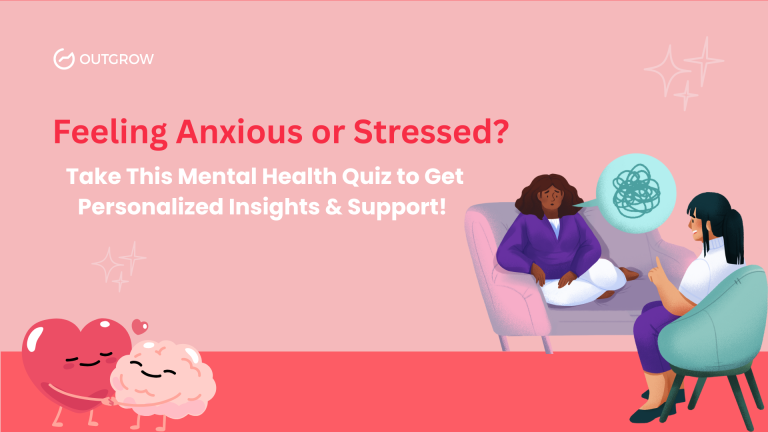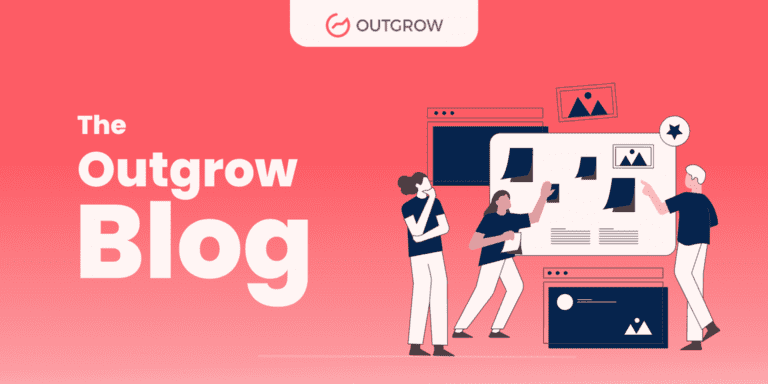Find Yourself: The Power of Self-Evaluation in Personal and Professional Development!
Table of Contents
Have you ever stopped to ask yourself, “How well do I know myself?”
No, not the version you present to others or the person you are working with, but raw, honest, and present-day you. There is a moment of reflection about self-evaluation. This is not just a checkbox practice for job review or annual report. This is an essential tool for real, permanent development—whether you are navigating your career, personal life, or emotional well-being.
What is self-evaluation?
At its core, self-assessment is a process where you take one step back and evaluate your thoughts, behaviors, strengths, weaknesses, and motivations. It is an honest look at yourself, your actions, patterns, and impact on the people around you. Unlike self-criticism or self-doubt, self-assessment is creative. It is about recognizing both good and bad with the intention of growing.
It is the foundation of individual evaluation, the initial point of systematic self-improvement, and the driver of better relationships and a smart career.
How does it matter?
Let’s face it: Life does not come with a roadmap.
But knowing yourself, you get a compass. Everything changes when you understand your main strength and the areas you need to work on. Imagine a workplace where everyone knows their natural tendency. Where, instead of misunderstanding, there is clarity. Such shifts in personal development begin with self-assessment tools.
How to Do a Self-Assessment
It doesn’t have to be complicated. Here are a few ways to get started:

1. Make emotional flexibility—Understanding how you respond to stress and failures helps you strengthen your internal coping skills. Self-assessment shows where you thrive and where you need support, allowing you to bounce back every time.

2. Promote self-awareness—By stopping to reflect, you get clarity on your mindset, habits, and emotional patterns. This awareness is the foundation of personal development, better decision-making, and strong relationships.

3. Take charge of your growth—you do not need to wait for the crisis to develop. Such regular check-ins help you align with your goals and values and lead you with confidence and adaptability, whether it is at work or in life.

Self-Assessment Examples to Inspire You
For Work
“I realized that while I’m efficient, I sometimes avoid difficult conversations. I’ve started working on assertiveness and setting clearer boundaries.”
For Personal Growth
“Through reflection, I learned that I often overcommit to please others. Now I practice saying no when I need to recharge.”
These aren’t dramatic overhauls. They’re small, honest changes that create big results.
How to Write a Self-Assessment That Matters
Whether you’re doing a self-review for work or journaling for personal clarity, keep it real.
Here’s a simple structure:
- Start with wins – What are you proud of?
- Identify challenges—Where did you fall short and why?
- Be specific—use examples to show what you’ve learned.
- Set goals—what’s one thing you want to improve or explore further?
Remember, the goal isn’t perfection—it’s progress.
Having a Realistic Self-Concept
Here is a truth that we often ignore: having a realistic self-concept means that you see yourself as you are, not as you want. That kind of honesty is difficult but powerful. It is not about tearing yourself down; this is about your full self-power, flaws, and quirks, and everyone seeing and choosing development anyway.
Why self-evaluation is the secret sauce for teamwork
When members of the team understand their self-assessment of strengths and weaknesses, the cooperation becomes smooth. There is less friction, greater respect, and greater coordination. You are not stepping on toes—you complement each other’s skill sets. Whether you are managing a team, navigating a partnership, or doing single work, the clarity coming from self-assessment makes all the difference.
Rise of Self-Evaluation 2025
More people are turning inside. Personal development is no longer a discussion—this is a lifestyle. From students to CEOs, everyone is becoming self-assessment equipment that promotes self-awareness, adaptability, and emotional intelligence. This is not only about “knowing its value”—it is about understanding your wiring and flourishing to use that knowledge. With 23.5 million monthly trips, these tools are proof that the world is awake to the power of personal insight.

Source: Similarweb
Find Yourself: The Power of Self-Evaluation for Professional and Personal Growth with Outgrow
Here’s how to use Outgrow’s no-code platform to create an effective interactive self-evaluation quiz.
1. Get started
Start by signing up for Outgrow’s user-friendly interactive quiz builder (no coding required) or registering for a free trial.

2. Select Your Template
Select a format that aligns with your self-evaluation objective. Use an outcome quiz to provide individualized growth profiles or a multiple-choice interactive quiz for instant insights.

3. Formulate Insightful Questions
Your inquiries ought to provoke thought. Try using prompts such as
- “How do you respond to unanticipated criticism?”
- “What gives you energy at work?”
- “When do you feel most secure in your choices?”

4. Design the Experience
Choose images and hues that are uplifting and contemplative. To establish trust, match the tone and style to your coaching approach or brand.

5. Produce Intentional Outcomes
Match users with results such as “The Empathetic Collaborator,” “The Reflective Thinker,” or “The Goal-Oriented Driver” using conditional logic. Every interactive quiz result can provide development strategies, book recommendations, and customized advice.

6. Include Insightful Suggestions
By suggesting pertinent resources, books, or courses based on each user’s self-evaluation type, you can improve your interactive quiz. This increases engagement and adds value.

7. Promote with Your Viewers
Embed your quiz in your blog, email newsletter, or website. Spread the word about it through team-building exercises, personal development websites, and professional networks.

8. Examine and Enhance
Track answers, quiz completions, and outcomes with Outgrow’s analytics. Recognize user preferences and improve your interactive test to increase its impact.

Final Thoughts: Make It a Habit, Not a One-Time Task
Self-evaluation is not something that you do once a year and forget. Think of it like brushing your teeth – it keeps your teeth clean and sharp. With regular reflection and correct self-assessment tools, you can continue to improve yourself into the best version.
Today, even the equipment manufactured with the no-code bot builder is helping people ask the right questions and sparks powerful insight—no technical skills are necessary. So here is the challenge: block 15 minutes this week to block. Try a quiz. Journal. Talk to a patron. Whatever work it does for you, just start. Self-awareness is the first step for any meaningful change.
Frequently Asked Questions About the Personality Assessment Quiz:
By identifying your strength, you can align your efforts with what you naturally do, while improving in areas that can catch you back.
Use real-life conditions, focus on results, and show what you have learned. Be honest but not harsh.
Try tools such as Aptitude Test, Clintstation, MBTI, and the Stanford VelmD assessment for individual development and clarity of career.
It creates awareness, promotes individual accountability, and provides the foundation for an increase in all areas of life.
This helps individuals to understand how they contribute to a team and how to adjust their behavior for more effective cooperation.
While official assessment can be determined by institutions or employers, individual self-assessment must be ideally released and maintained, or a quarterly check-in works well.

Bhawna Singh is a Marketing Generalist at Outgrow. With a knack for building connections and a talent for crafting impactful blog content, she ensures every piece resonates with the audience. When not strategizing campaigns, Bhawna channels her artistic side by bringing melodies to life through her singing or creating vibrant masterpieces on canvas.





